
I’m eternally frustrated by Rome. The city is indisputably beautiful; a glorious jumble of history and art set against an extraordinary backdrop of marble monuments and ancient pillars. But to unpeel all its layers in a weekend is implausible.
Rome, in my opinion, is called the Eternal City because you need an eternity to do it justice. Yet this doesn’t stop people trying. Budget airlines have made Rome a two-day trip destination, so they come, in legions, picking off the sights one-by-one, with the cold, calculated precision of marksmen.
Instead of joining the crush for the Trevi Fountain or the stampede for the Spanish Steps, I’m going to suggest something controversial: when in Rome, split. Leave the city to the city-break mob and find the region’s resting pulse: deep within the Roman countryside.
“Outside Rome’s borders, the silent authenticity of Lazio unfolds broken only by the bleats of sheep. Farmers work until the sun sinks, kneading steaming ricotta with a gentle hypnotic hand. Vignerons head into underground cellars to tend the wine placed there 12 months before. And in medieval towns, ghosts walk the cracked cobbles, hushing ancient treasures; bidding them to keep their secrets for an eternity. ”
PIN FOR LATER:
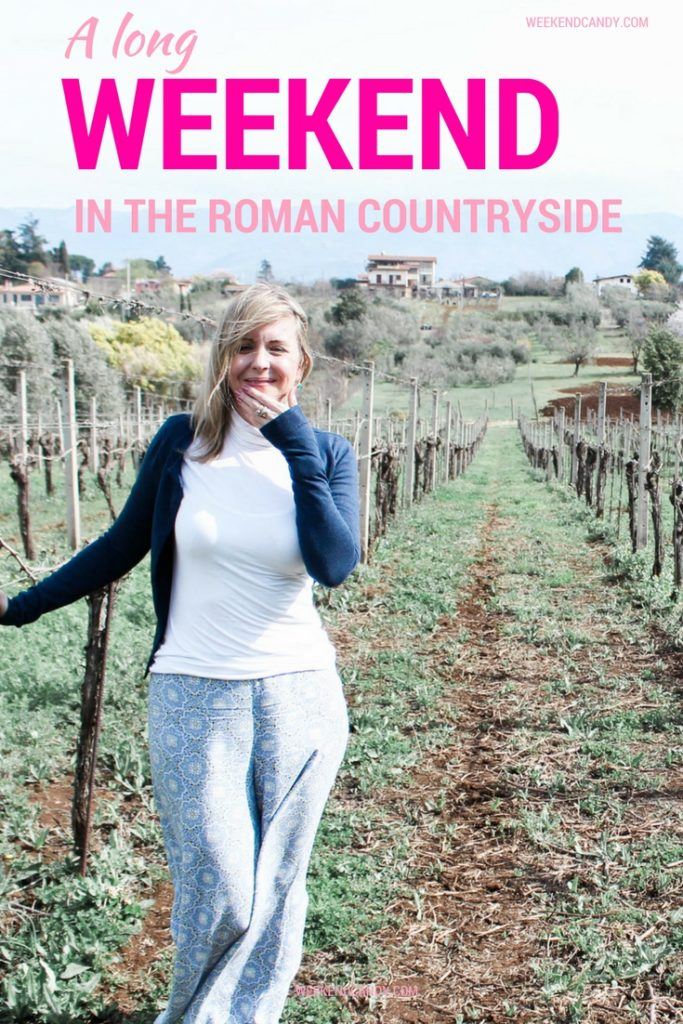
WATCH THE VIDEO:
The Lazio Region | About
- Lazio is in central Italy, on the western coast.
- It has borders with Tuscany, Umbria, and Marche to the north, Abruzzo and Molise to the east, Campania to the south, and the Tyrrhenian Sea to the west.
- The region was formerly known to English travellers by its Roman name, Latium.
- It was major port of call on the Grand Tour, when eighteenth-century travellers explored its scenic villages.
- Although beautiful, the Lazio countryside is now largely overlooked in favour of its capital, Rome.
FRIDAY
12pm | Farmhouse Flavours
Bid ‘ciao’ to Roma and hit the road east for 28 miles until you reach the verdant peace of Olevano Romano. Here you’ll find Farmhouse Le Cerquette resting modestly against the open countryside.
Farmhouse Le Cerquette is an agriturismo – which loosely translates as ‘farm stay’. In essence, an agriturismo is an independently-owned farmhouse which offers traditional accommodation as well as breakfast, lunch and dinner. Think rural B&B, with an additional couple of constants.
Real working people. Uncomplicated rooms. Food grown just steps away. Agriturismi are where life happens simply and sincerely, with one hand on a corkscrew.
Le Cerquette, like other agriturismi, comes without the slick flourishes of mainstream stays, but who cares. Instead, of posh toiletries and mini bars, you get olive groves and trees and a peace and quiet that’ll make your ears ring.
Re-fuel after your journey, as we did, with food served by an ever-smiling and soft-toned Simone. Along with the two brothers who own Le Cerquette (Andrea and Francesca), Simone often fronts the wine tasting, cooking classes and table service that brings the centuries-old traditions of the Italian countryside to paying guests.
About the food: we tucked into garlic toast, farm-fresh cheese, organic salad splashed with Le Cerquette extra virgin olive oil, mozzarella and parmesan omelette, and egg-free pasta showered with oil, salt, garlic, red pepper and lemon. All washed down with red orange juice. In a word: delizioso. (Rooms at Le Cequette in the low season start from €60.)
Top tip: Take your post-lunch espresso with a traditional Roman carnival sweet called a castagnole – a small donut-like treat soaked with sweet liqueur, fried and coated in sugar.


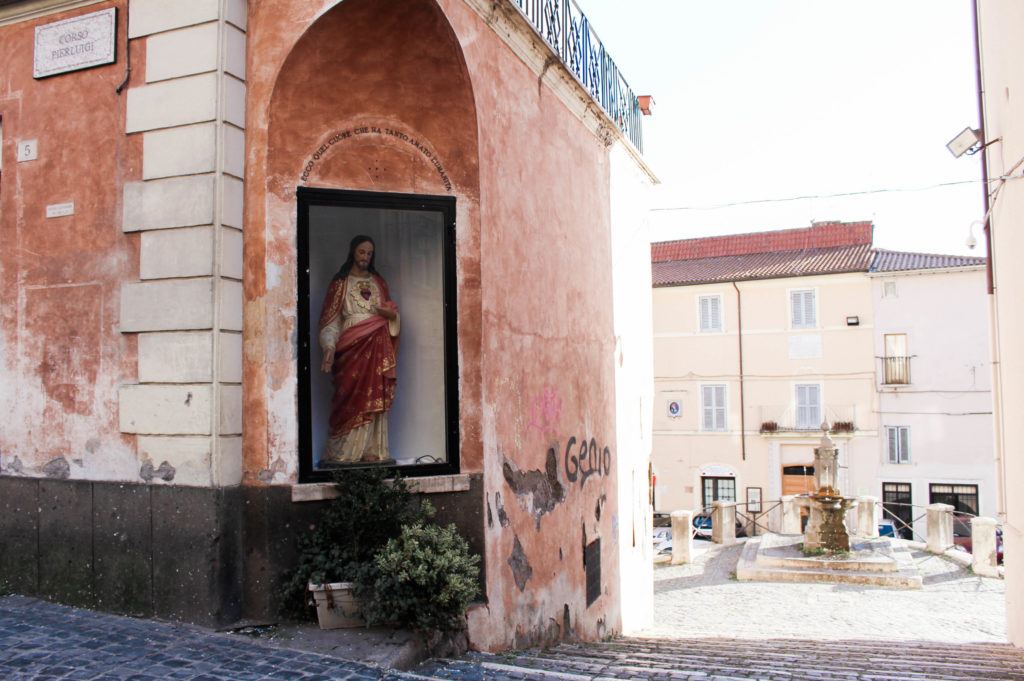


3pm | Temple Fortunes
The town of Palestrina sits on top of a mountainous crag with its knees drawn tightly up into its chest. And it’s no surprise why. In ancient times, Palestrina was home to a vast 2nd-century BC temple, the Santuario della Fortuna Primigenia, dedicated to the goddess Fortuna and known throughout the roman world.
The temple has long since disappeared but the whispers of its structural and historical presence are ever-present. See them, along with an impressive model of the temple, at the understated National Archaeological Museum of Palestrina – built cleverly above the remaining arches and walls of the temple itself and into Palestrina’s old palace, Palazzo Barberini. (€5 entrance fee, open daily 9am – 6pm.)
Expect light-filled rooms and frescoed ceilings as you wander the antiquities, artefacts, statues, and sculptures, followed by a cinematic view over Palestrina as you step back out into the modern world.
Afterwards, head down hill to roam Palestrina itself. The antithesis of Rome, its pavements are quiet, its snaking roads are peaceful, its shops and cafes unlittered with bodies, yet, its beauty abounds. Just don’t tell everyone.
Top tip: For a richer understanding of temple life, book a guided tour. Our guide whet our archaeological appetite with the stunning Mosaico Nilotico, a detailed 2nd-century BC mosaic depicting the flooding of the Nile and ancient Egypt. Then served a delicious il secondo: the terrace remains of the temple on the slopes below the museum.
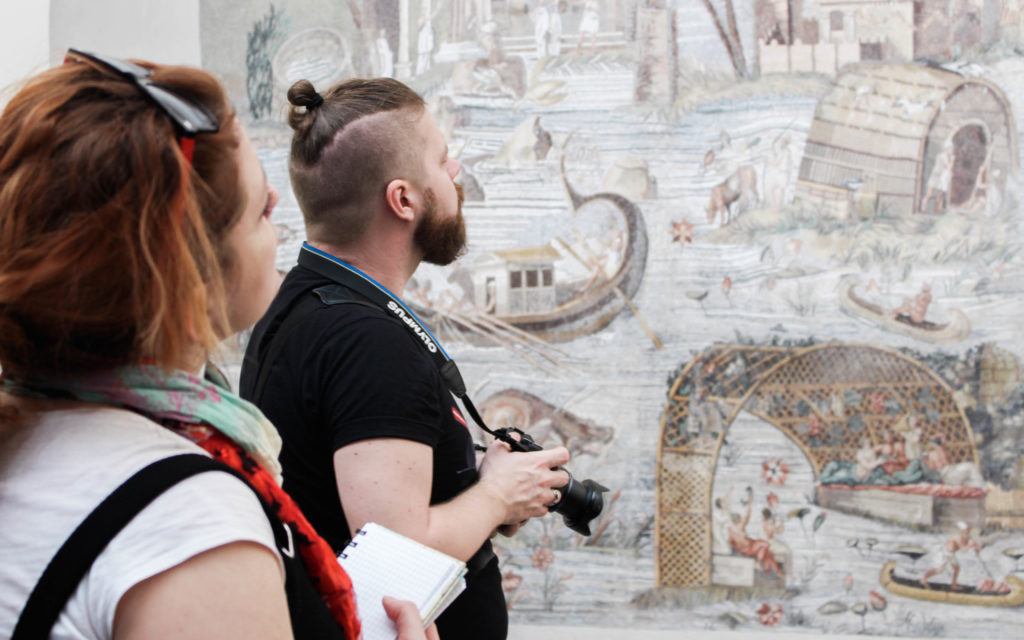
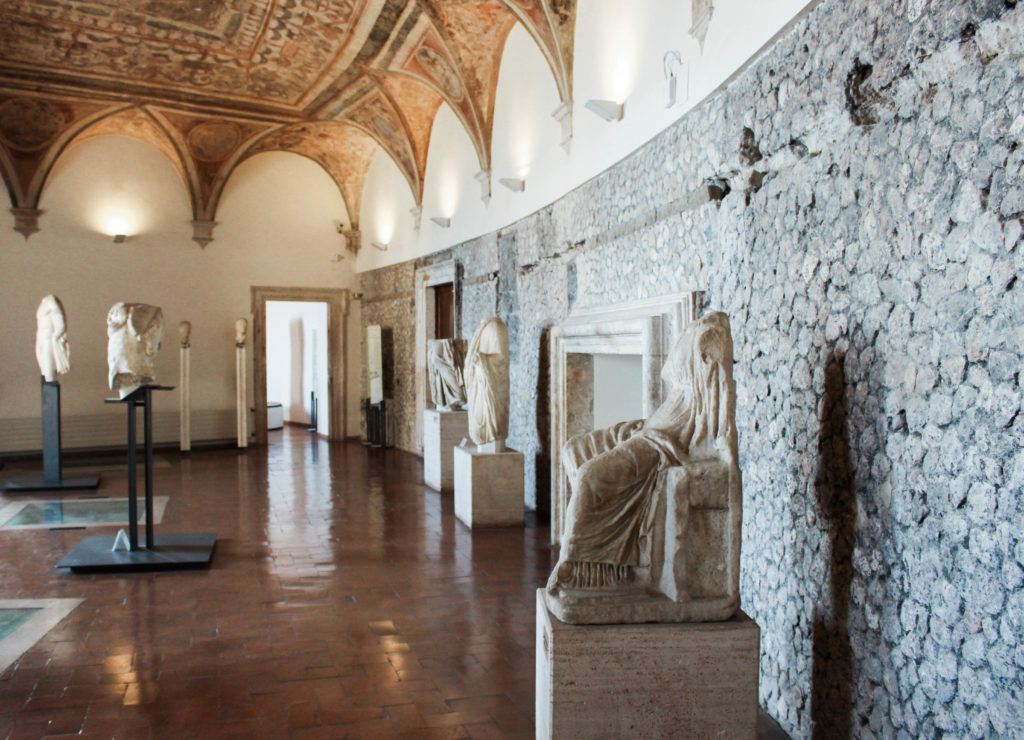


6pm | Say Formaggio
Life in Italy revolves around food (thank you, sweet Lord). So end your day as you begun it, surrounded with eye-wateringly fresh farmhouse food and more ricotta than you can shake an udder at.
For that, make tracks for La Sonnina in Geazzano – a region in the beautiful Sacco Valley, near the southern slopes of Mount Prenestin. La Sonnina is a co-operative agriturismo, run by 12 members. The first thing you notice is the butter-yellow farm buildings, then the jaw-widening vista, followed by the 300 sheep and 26 hectares of vineyards, orchards, olive groves, and small woods.
It’s here, La Sonnina’s farmer-owner and main shepherd, Fabrizio, produces sheep-milk ricotta, ricotta di pecora. To do so, he uses traditional ingredients, including animal rennet to thicken the sheep’s whey. Unlike in other regions of Italy, in Lazio animal rennet is allowed to be used under Italian law and specifically for this type of ricotta – consider one of the most renowned in Italy.
Fabrizio’s ricotta cheese-making is very much a spectator sport, as is the farm’s jam, oil, wine and bread-making workshops (€6 pp for a ½ day on the farm/€7 for a full day).
The cheese-making process is magical; the perfect alchemy of milk, heat and man’s skilled hand. Best of all, you’ll be rewarded with a spoonful of steaming-fresh ricotta at the end of the show.
Eat here: Afterwards, eat in the farmhouse dining room. Food here comes classic and homely: fresh bread, cured meats, ricotta slices, lamb and potatoes, and THE best spaghetti bolognaise I have tasted in my life. Wine was, of course, on-tap and the house tiramisu was on point.
(Rooms at La Sonnina start from €35 per night. Bolt on €20 for lunch and another €20 for the farm activities and workshops and you have a highly affordable Italian short break.)
Did you know: Strictly speaking, ricotta is not really a cheese but a latticino — which means a dairy by-product. This is because it is made from whey, the watery liquid that remains after cow, sheep or goat cheese is made.
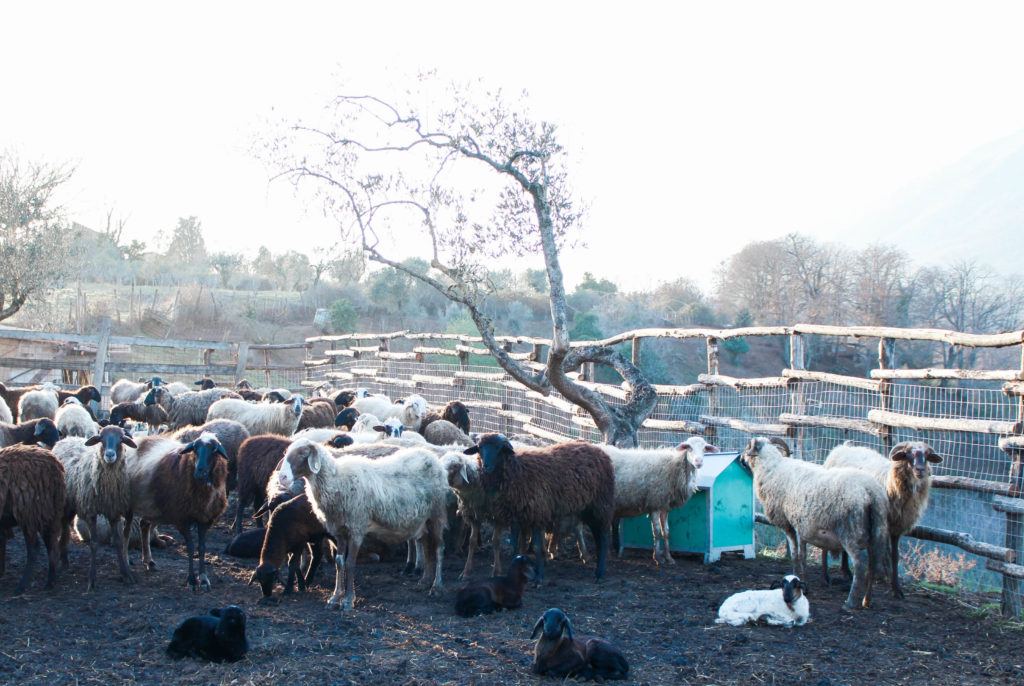



SATURDAY
10am | Underground sparkle
Good news: in the Italian countryside, wineries open early. Breakfast vino-style at Cantina del Tufaio, a family-owned winery of note, where wine tastings are run by Nicoletta Loreti, now head of her family’s centuries-old business.
Cantina del Tufiaio produces 15,000 bottles of red, white and sparkling wine a year and the quality is such that only the very best restaurants in Rome serve it. Once upon a time, the wine was carted into Rome every day by horse; the black and white pictures on the farmhouse’s walls testament to its long relationship with the city (the farmhouse has been here since 1851).
Although the horses and carts have long gone, little else has changed: the vines creep with beguiling wisdom and the air sweeps sagely and peacefully across the valley, blowing all traces of modern pre-occupations into the distance.
Sink into Cantina del Tufiaio’s underground wine cellars to see where the winery’s famous sparkling white is given its bubbles, then resurface for an excellent wine-tasting talk by Nicolette, splashes of red and white, and plates of fresh cheeses, palate-cleansing bread, olive oil, and spiced meats to showcase flavours. (Wine tasting cost €35pp.)
Top tip: Pay extra for your luggage to go in the hold, please (I didn’t and wish I had). The wine is so good, the prices so affordable (€12 for a bottle of Cantina del Tufiaio’s famous fizz), you’ll want to load up for folk back home.
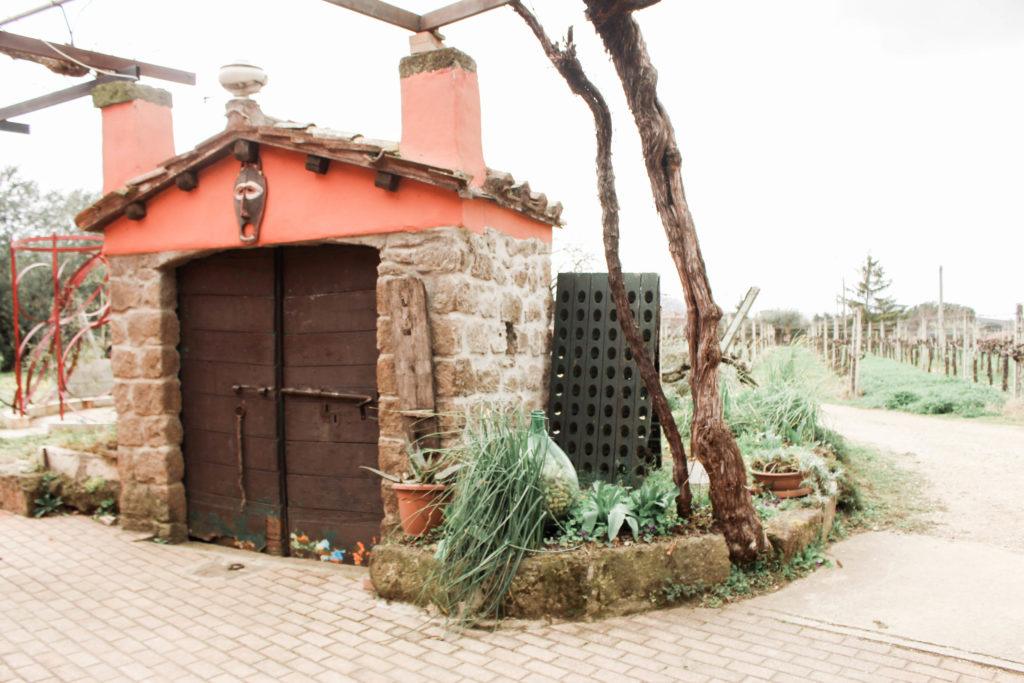


1pm | The City of Popes
Anagni is quite the enigma. It has enough Romanesque beauty to rate top of Italy’s sweet spots and has long been a papal residence, but despite its historical and architectural muscle Anagni doesn’t pull in the crowds.
Go, and you’ll be amongst only a handful of Italian tourists and well-informed travellers who’ve left the Goliath of Rome for this, its David. What this means is crowd-free piazzas, queue-free attractions, and noise-free streets. Indeed, on the Saturday I visited Anagni, it unwound before us with a sleepy ease that made me doubt its city status.
Enjoy the peace by wandering the streets, snapping shuttered townhouses and weary doorways. Then stop for an espresso to wake you up back again before your next stop.
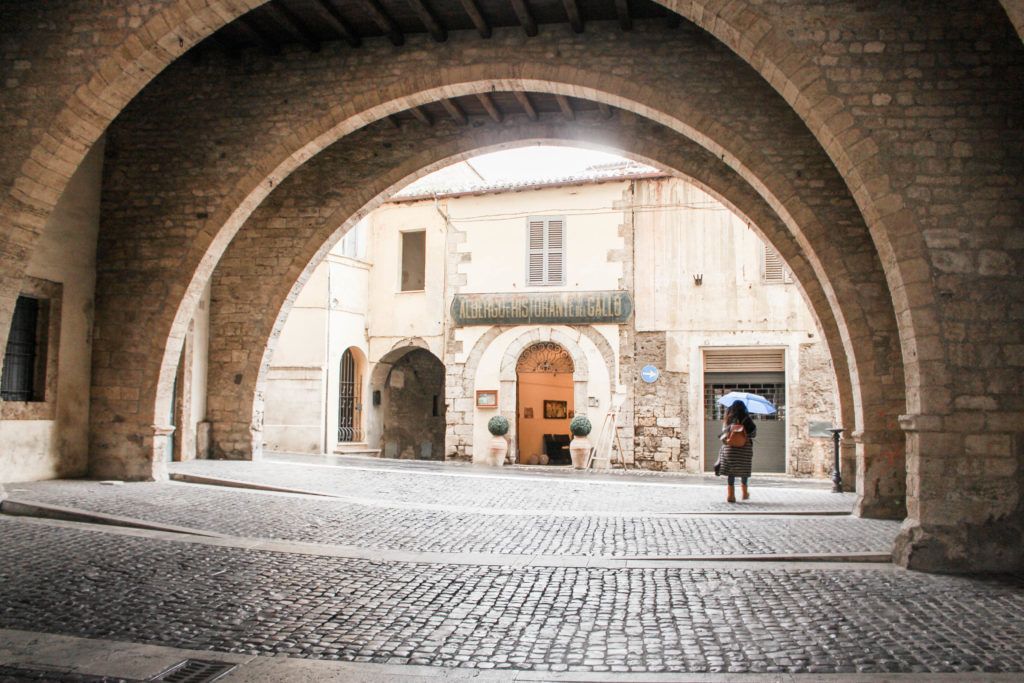

2pm | Middle Ages’ Sistine Chapel
Head to the Cathedral of Anagni and its accompanying museum (Tickets cost €9). Its pretty Romanesque curves are hard to miss – cameras at the ready – and beyond its thick stone walls lies rooms of apostolic treasures, including liturgical vestments and the famous casket of Thomas Becket.
However, the pièce de résistance is the stunning crypt of St. Magnus, patron saint of Anagni. Built together with the cathedral in the 11th-century, it is a medieval work of art that could easily rival Rome’s Sistine Chapel.
A subterranean wonder, awash with 540 square metres of medieval frescos. The colours of which are as vivid today as if the artists who painted them had just left the room.
Also see: The Bonifacio VIII Palace has meaty historical significance. An austere and sober building, it was here, in 1303, that Boniface VIII, was essential ‘sacked’ by King of France Philip IV the Fair. This political incident was known as ‘the slap of Anagni’ after Pope Boniface was ‘slapped’ to the floor by King Philip’s mercenaries.

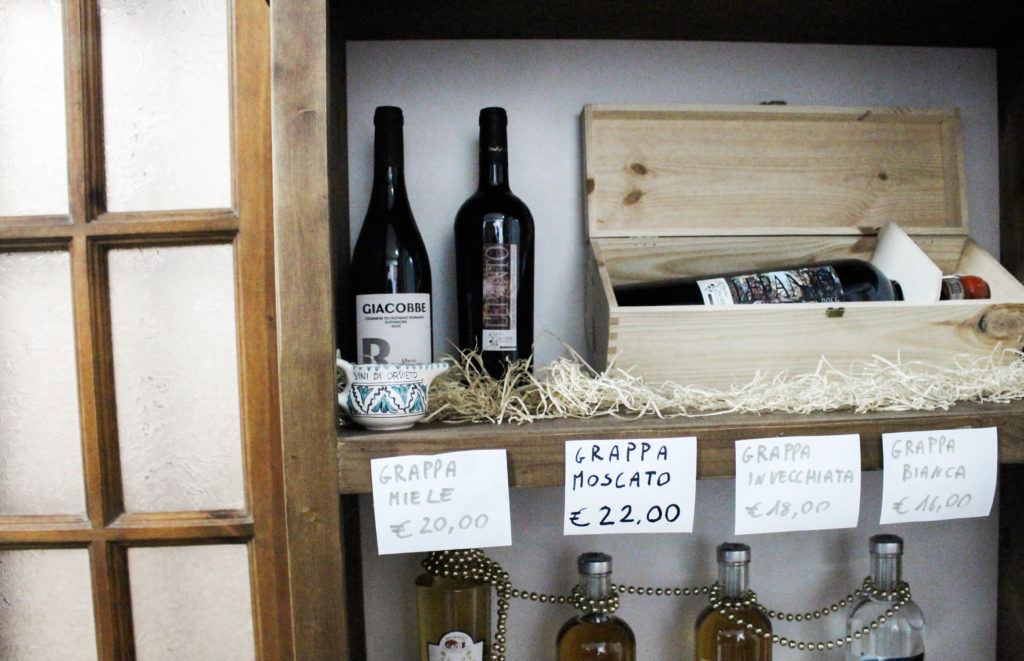
6pm | Drink To Good Health
Although Lazio isn’t known for its wine-making, ecologically-sound producers like Cantina Alberto Giacobbe are putting the region firmly on the wine map. Founded in 1939 by Alberto Giacobbe’s father, the winery sits on top of sunny hills with soil aching to bear the sweetest local cesanese grapes.
Over the years, the family-run business has refined its wine and the awards they’ve won along the way show they’ve perfected it.
Take to the tasting cellar and drink to good health as you try three wines from Alberto Giacobbe’s famous selection – Duchessa, Maddalena and Lepanto – with local cheese, sausage and bread to keep you stay level-headed for dinner.
Eat here: Back at Le Cerquette the farm smokery is firing up. Take a seat in the long conservatory-style restaurant and enjoy something white or red as you first enjoy homemade spinach and ricotta ravioli. Remember to leave room for your secondi: smoked organic meat with zero kilometres on the clock.
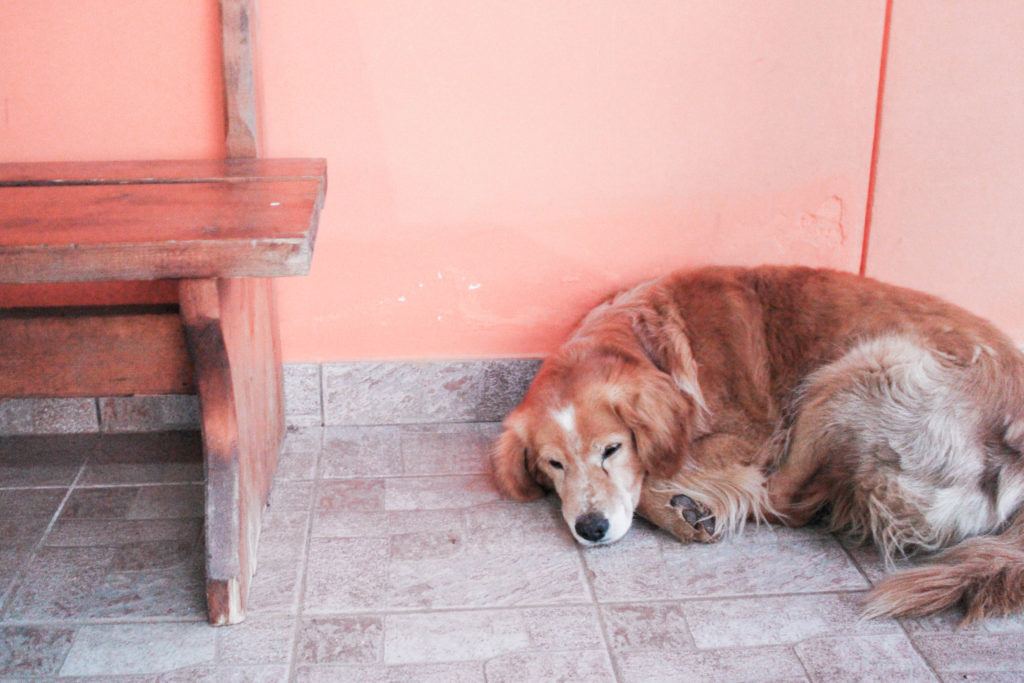

SUNDAY
10am | Pasta School
You can’t come to Lazio without breaking eggs. Unless you make egg-free pasta, of course. At La Polledrara agriturismo, a small district of Frosinone, you can make both. That’s if you can tear yourself away from the aesthetics of the place: stone-dappled good looks, acres of lawn, views rolling out to the mountains on the horizon – it’s an Instagram head rush.
Stay focused and meet Mama Colonna for two hours of flour, eggs and pasta-mess giggles. Her family have lived and worked on this piece of land since the 12th-century, moving solidly with the times to keep the dough rolling in.
Now, as well as full and half board accommodation in cosy, rustic rooms, La Polledrara offers cooking classes to tell the unique story of its landscape and traditions.
We mixed, rolled, then cut fat stripes of fettuccini joyfully, like kids at play, whilst Mama Colonna watched on to lend a wise hand when we got stuck.
Our pasta creations were then stacked in trays and taken to the kitchen to be cooked and served in La Polledrara’s restaurant for our lunch.

12pm | Farewell lunch
The farm restaurant is worth a trip even if you don’t make pasta or stay at La Polledrara. In fact, it’s received many stamps of approval, the most recent being one of the 10 Best Tables 1 hour Outside of Rome. Find a seat and feast before your flight home.
Our hand-made pasta was drizzled and dressed with fresh olive oil, home-made carbonara sauce, fava beans, carrots and peas, and accompanied by layered platters of cured meats, sausages, and battered vegetables, salads zingy with citrus fruits and pepper, local breads – baked exclusively for the farm by a local mill – and organic wine, naturally.
As the fire crackled behind us, we filled our bellies with delicious food and then left La Polledrara for the airport. I went home richer and wiser, but left my heart rooted firmly in the Roman countryside. I’ll be back to collect it one day.

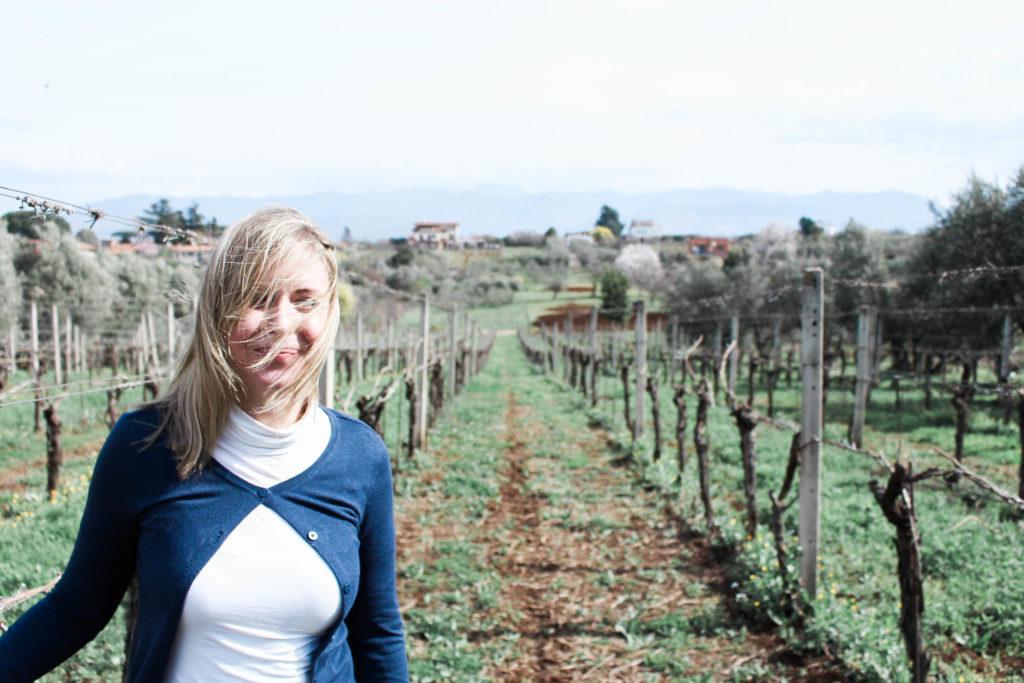
Where to stay in the Roman Countryside
Altavista in Palestrina: Altavista is a self-catering two-bedroom holiday home with impressive views over the town of Palestrina. Discover more about staying here, courtesy of Roaming Required.
Anita’s B&B in Cave: Anita’s B&B in Cave is ideal for weekenders wishing to immerse themselves in the daily life of a medieval village, away from the hectic pace of the city.
La Polledrara in Paliano: La Polledrara agriturismo is not only easy on the eye with comfortable rooms in a beautiful location, it’s a working farm, too. Discover more about staying here, courtesy of An American in Rome.
Disclosure: I was hosted on my weekend in Lazio by Italy Where Else and The Rome Countryside. Italy Where Else offers several outings into the Roman countryside with rural expereinces. They can built you a bespoke itinerary or you can follow their suggestions, like we did on this trip.
The Rome Countryside association is a non-profit organization promoting non-hotel accommodation, food and wines of the area of Lazio southeast of Rome. This review is a bonafide reflection of my opinion of the places we visited, things we saw, activities we did and the copious amounts of pasta we ate.

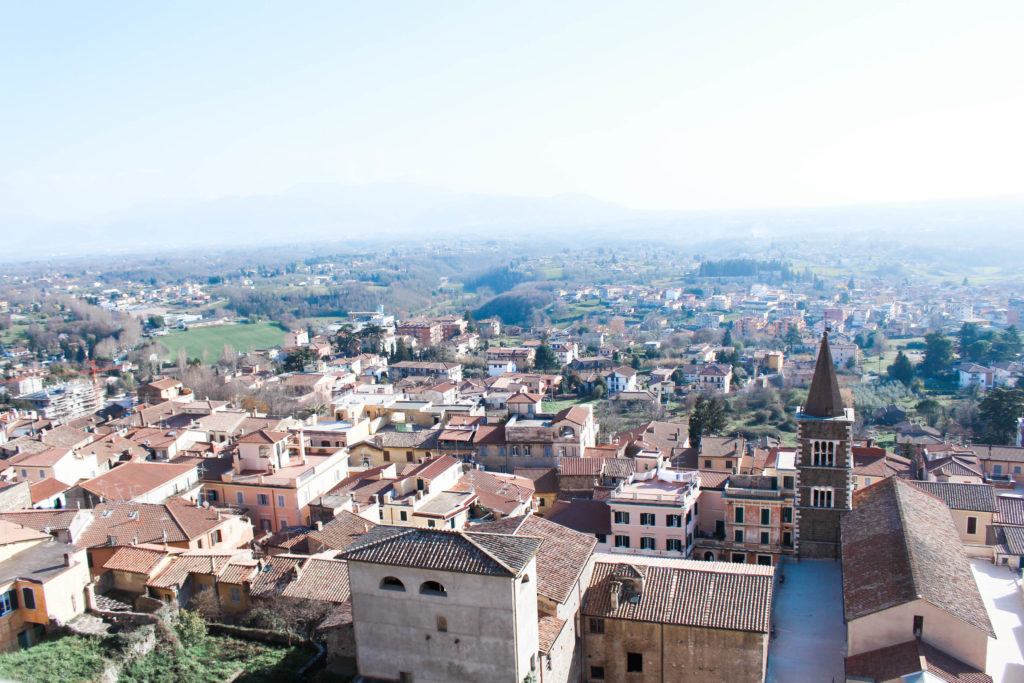
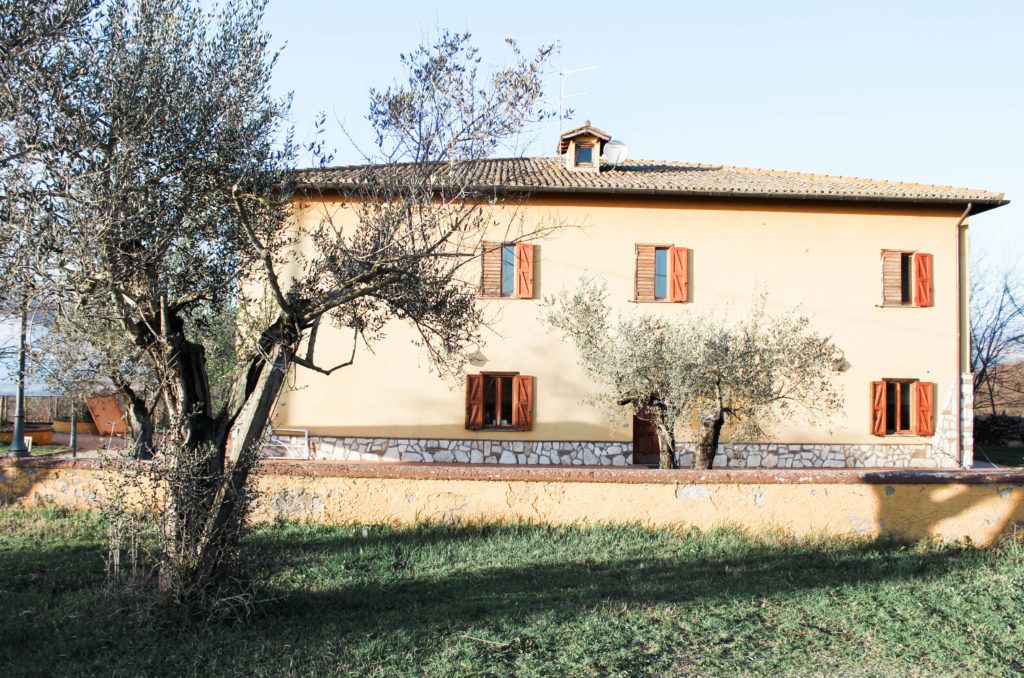
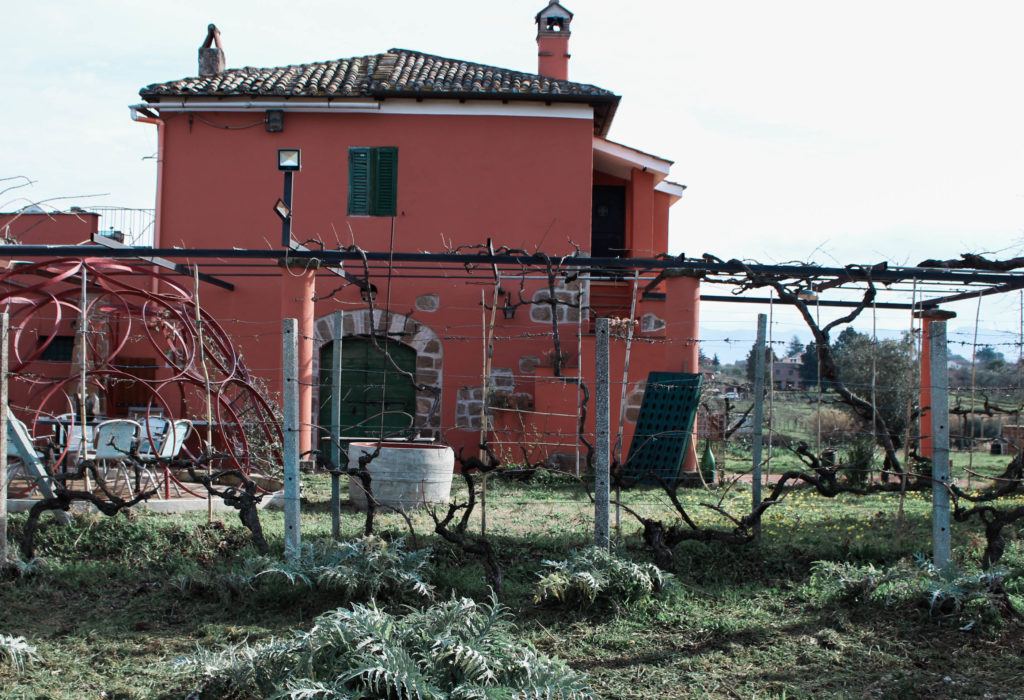
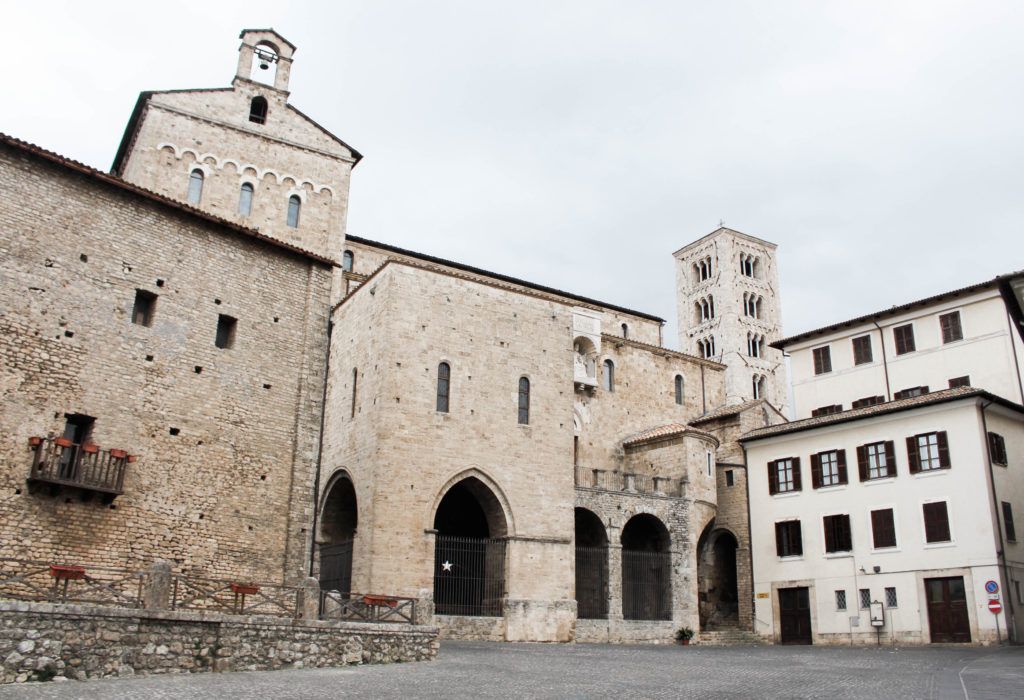
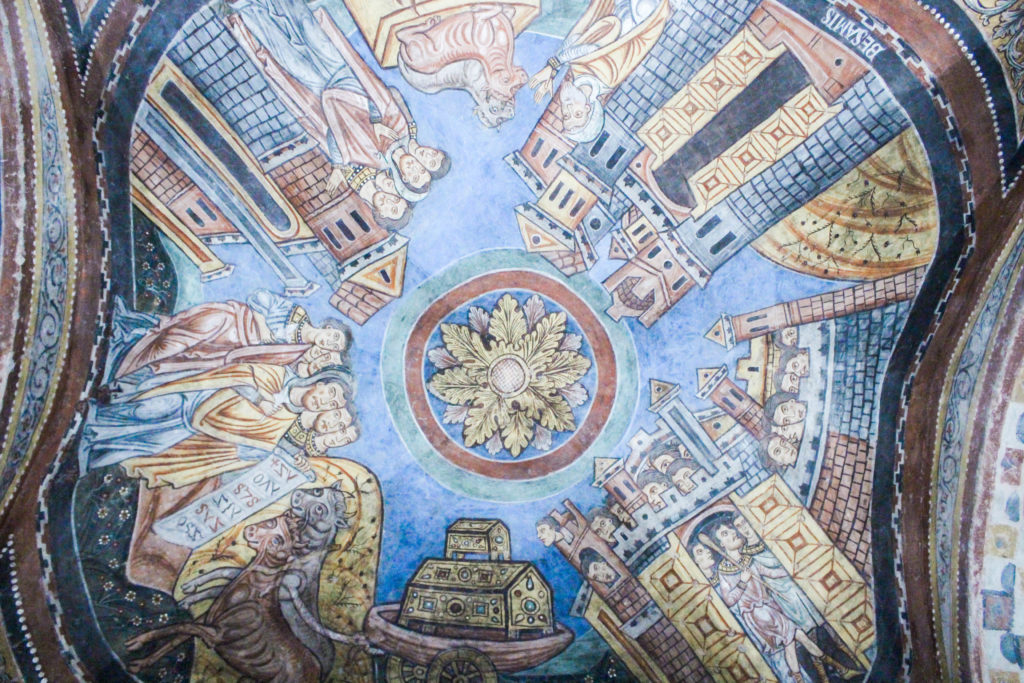
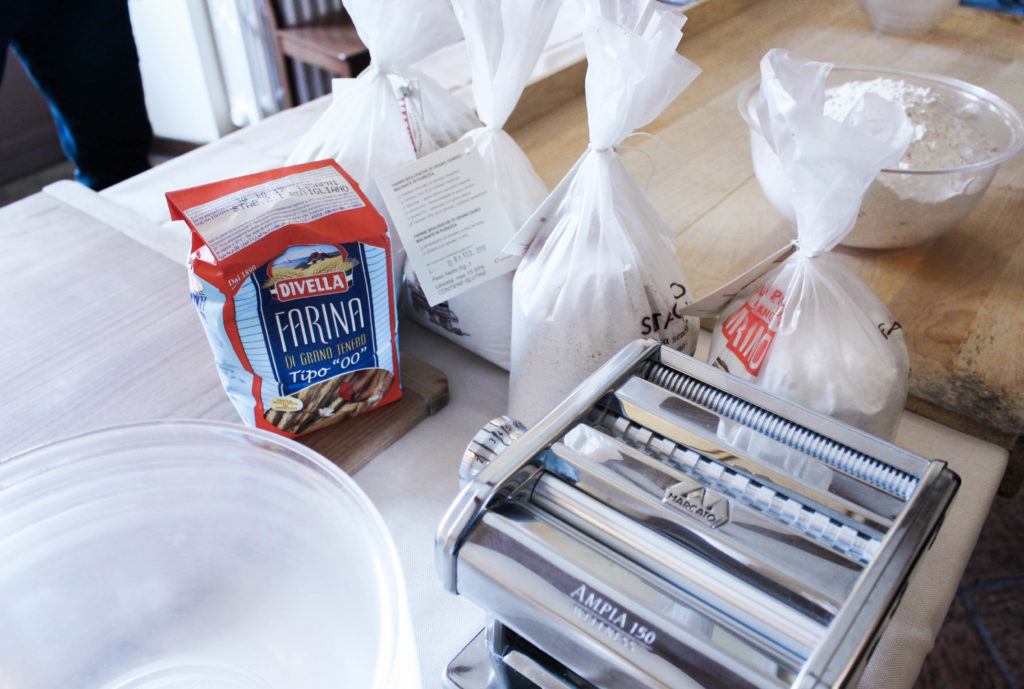
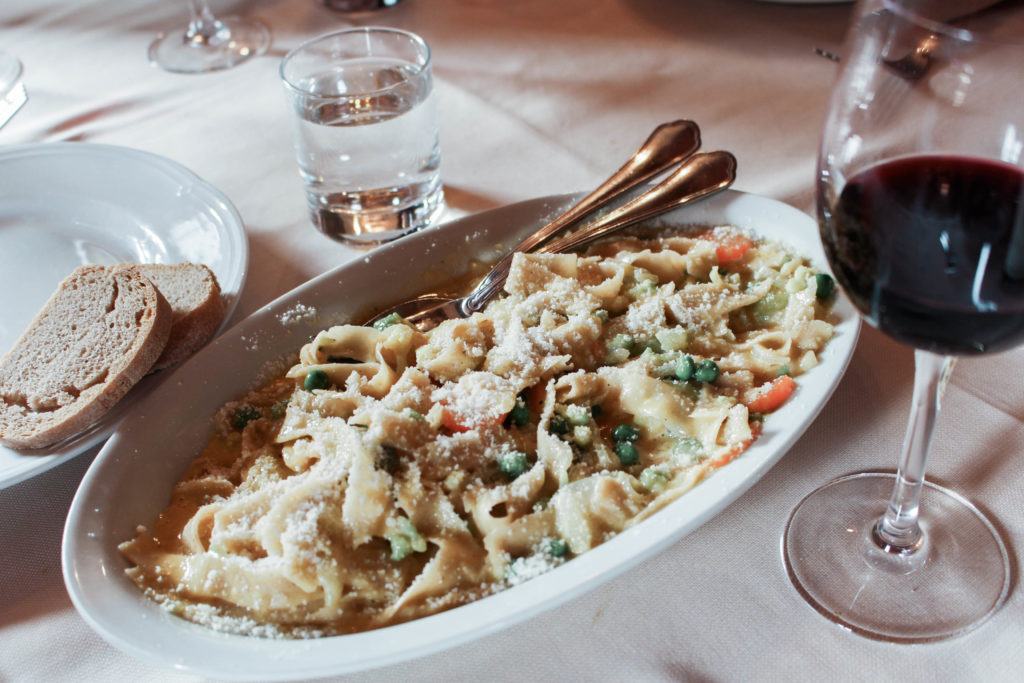

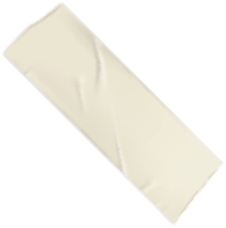
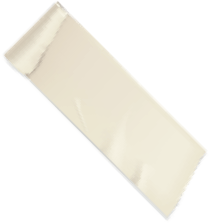





Leave a Reply